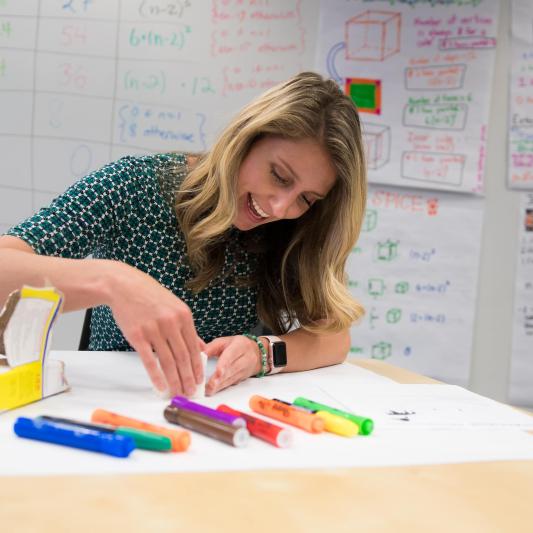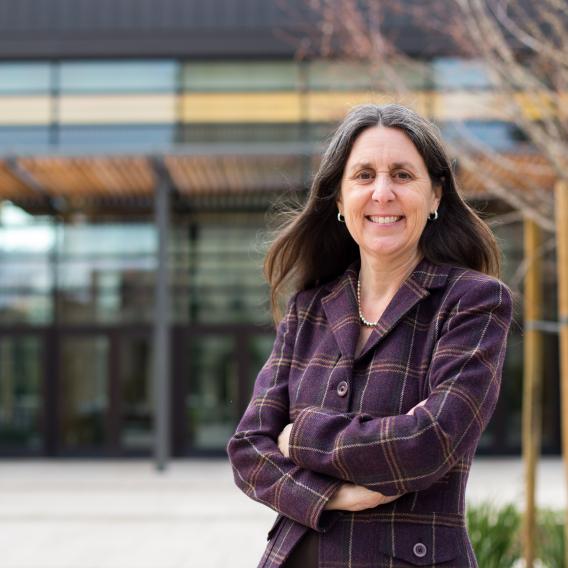
Takondwa Semphere
In Malawi folklore, there’s a story about a child named Kamdothi who is made of clay and doesn’t know it, but is told by their mother not to play in the rain — until one day Kamdothi ventures too far from home and gets caught in a slippery situation.
“Depending on the day and what my grandma wanted to teach us, Kamdothi would have multiple endings with different messages,” said Takondwa Semphere, an incoming master’s student in the GSE’s Learning Design and Technology (LDT) program, who is originally from Malawi.
The fable, often shared orally with elements of song, is the type of story that Semphere hopes to preserve as part of her work.
“I come from a culture that has an emphasis on stories being instructive and a medium for education,” she says. “What I’m curious about now is what it can look like to leverage technology to tell stories in ways that are true to indigenous storytelling forms.”
Semphere is one of four Knight-Hennessy Scholars (KHS) at the GSE this year, a program that brings together 84 Stanford graduate students from an array of disciplines to collaborate and receive leadership training they will later extend to their respective fields and communities.
While in the LDT program, Semphere hopes to marry her love for storytelling with her interest in education to engage and teach students in ways that preserve cultural narratives.
Prior to coming to the GSE, Semphere taught research and humanities for the African Leadership Academy in South Africa, spent a year as a writing fellow for Princeton in Africa, and earned a bachelor’s degree in African studies and the study of women and gender at Smith College. She also authored a children’s book series following the tale of Ekari, an eight-year-old girl who travels around Africa.
“The stories that live in many indigenous cultures are dying because they are oral histories,” Semphere said. “I’m interested to see what it could look like to preserve those, but also adapt them to the age that we’re in.”
Photo: Jabulile Mbonambi | Words: Olivia Peterkin



